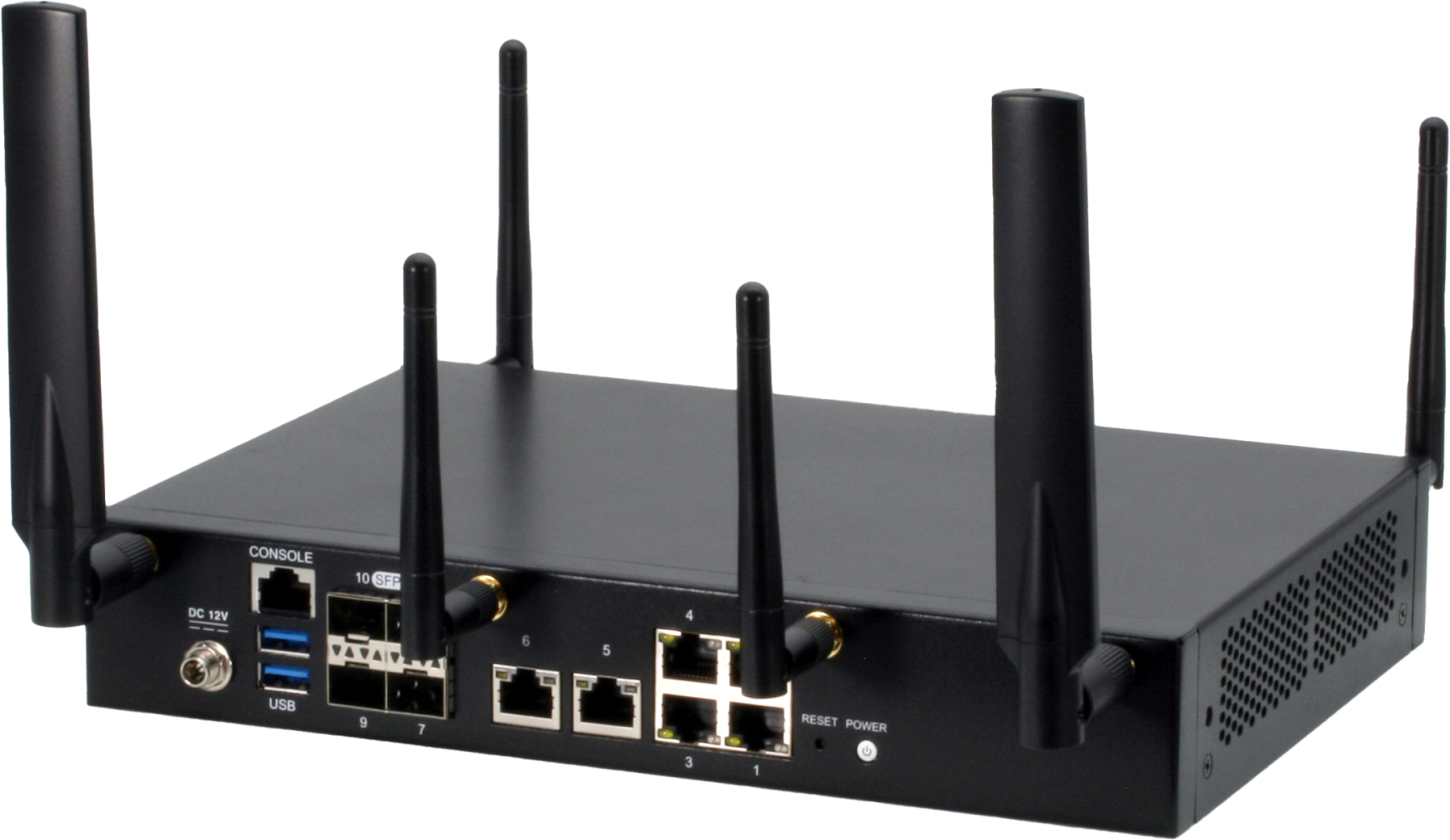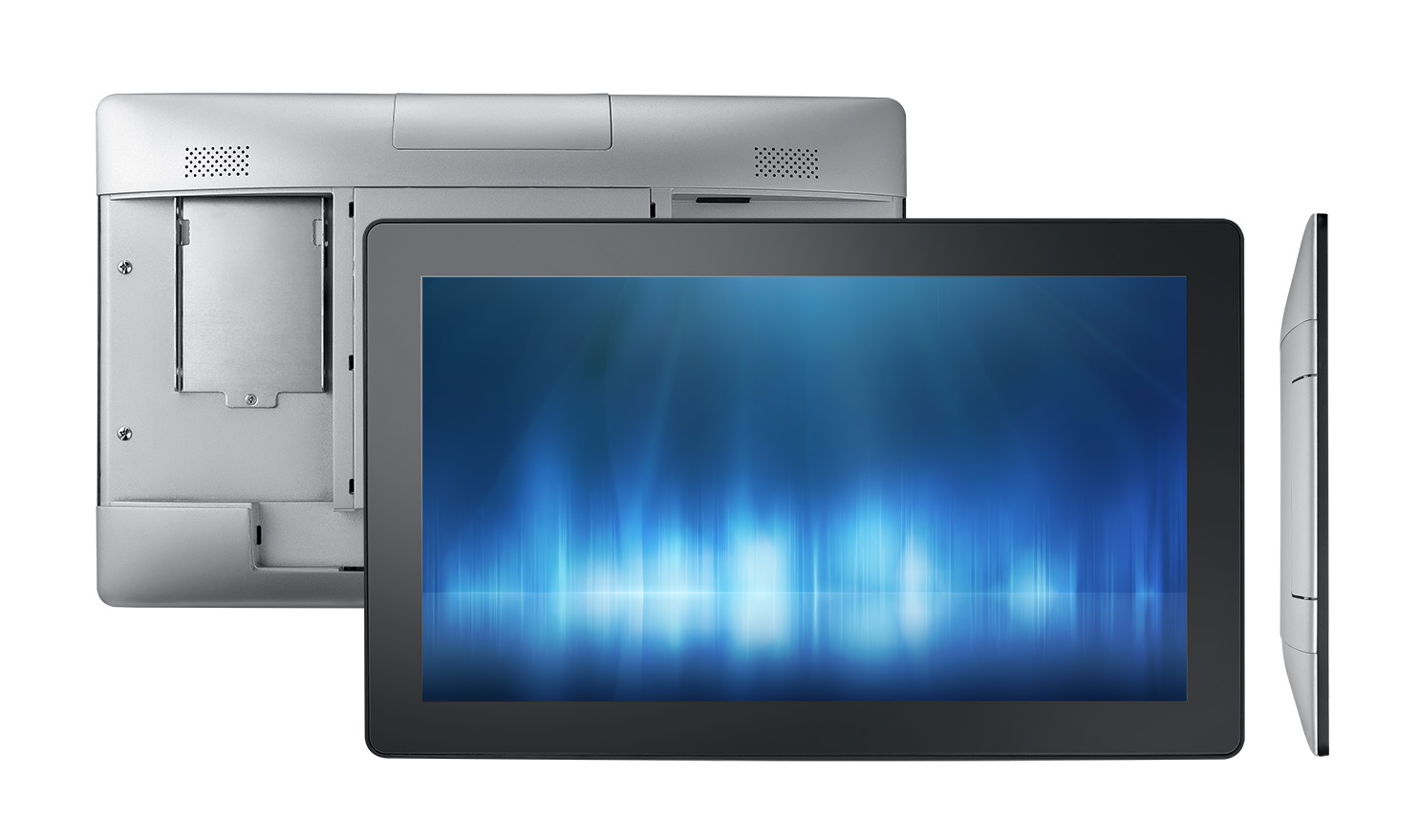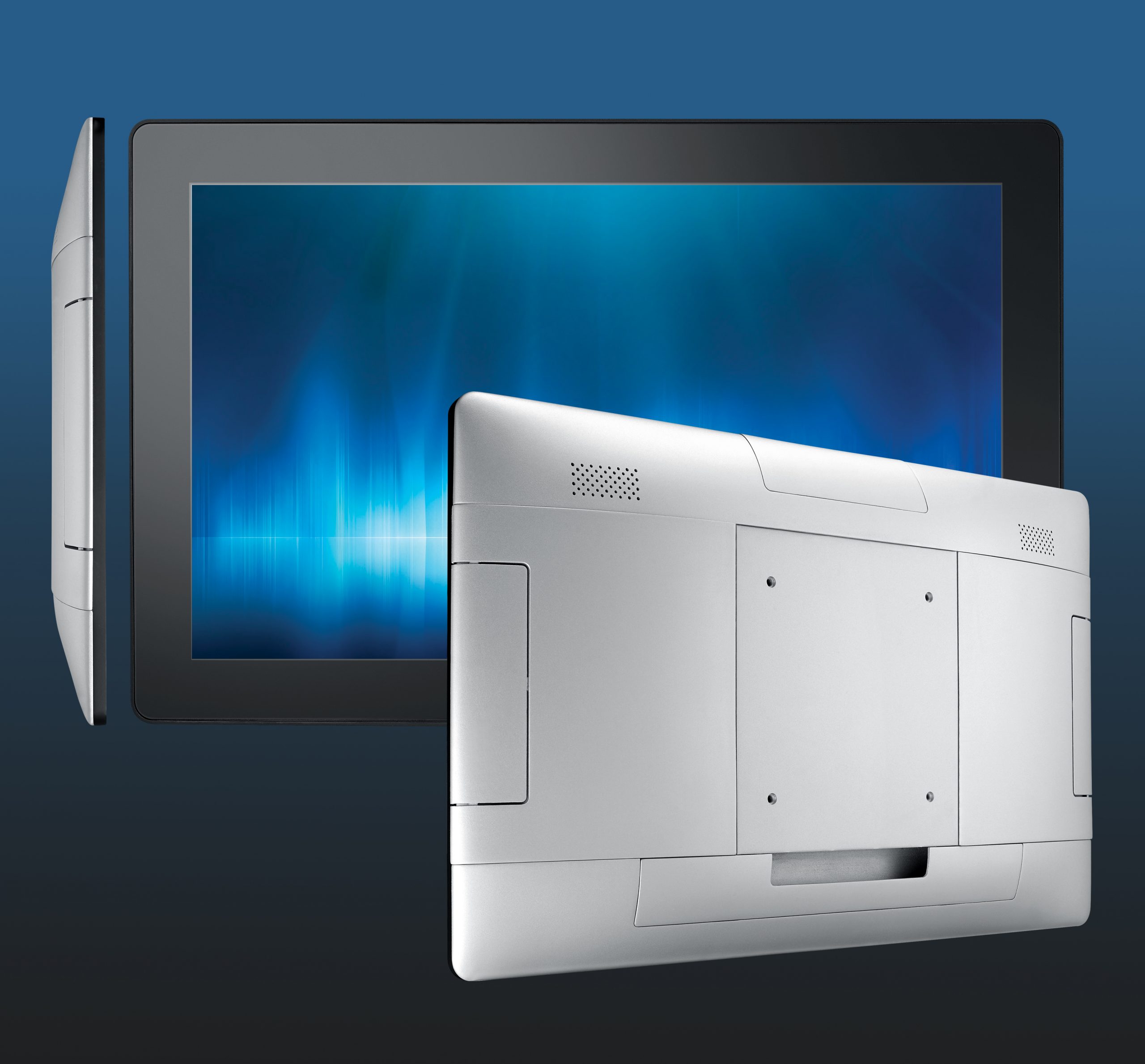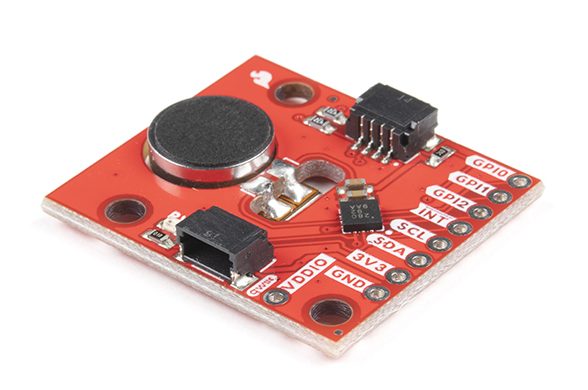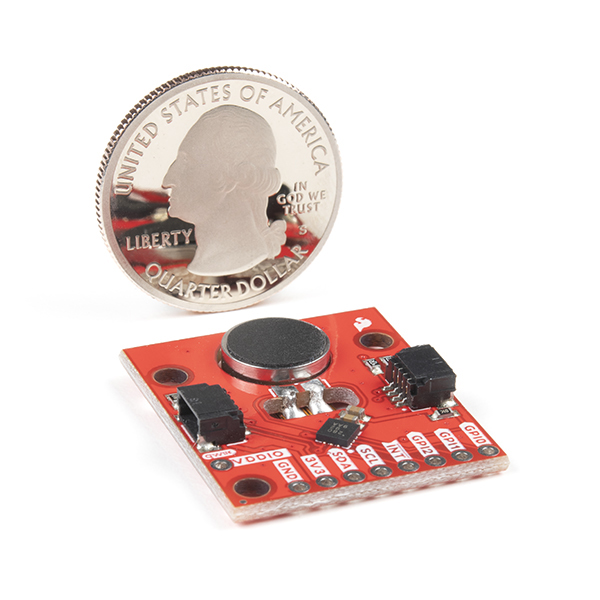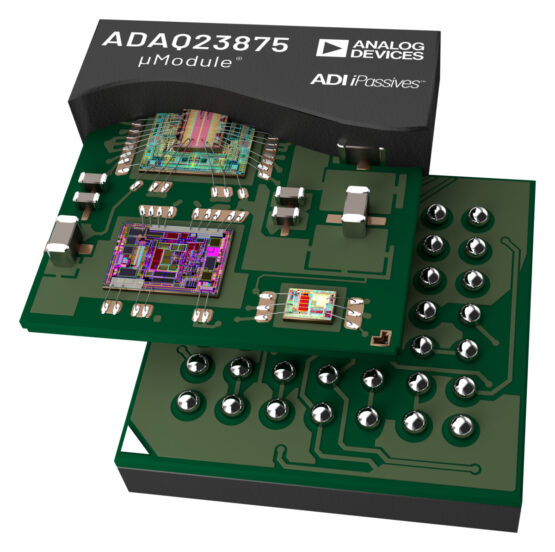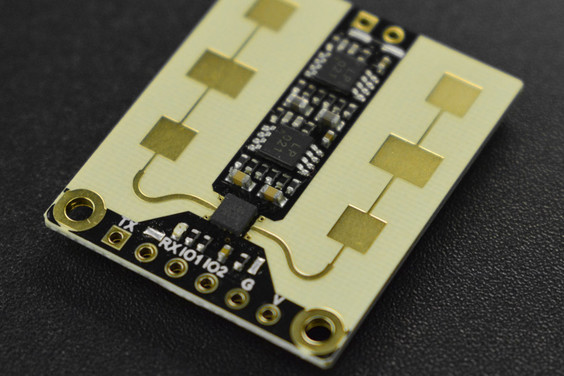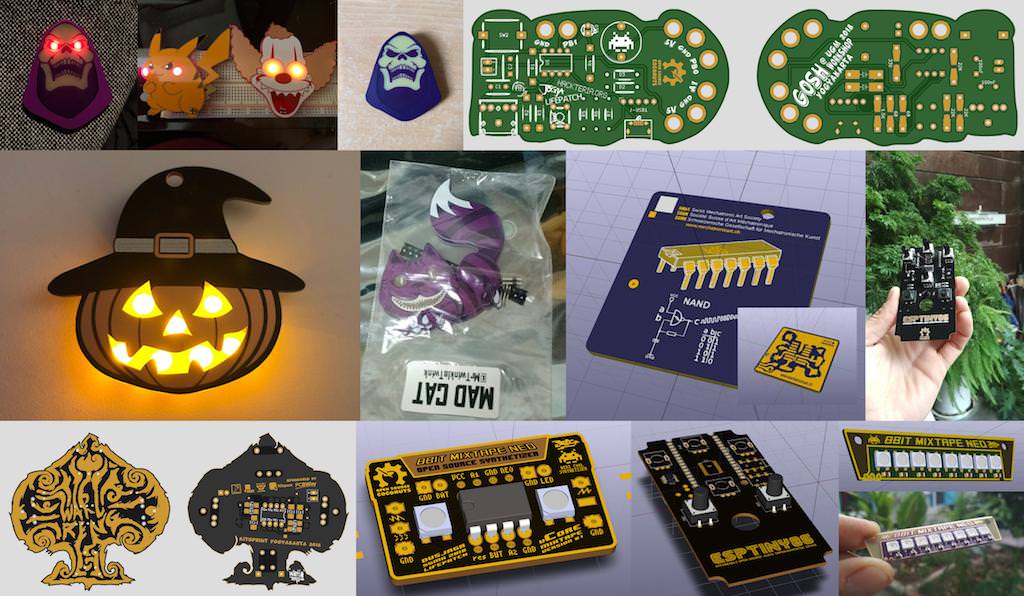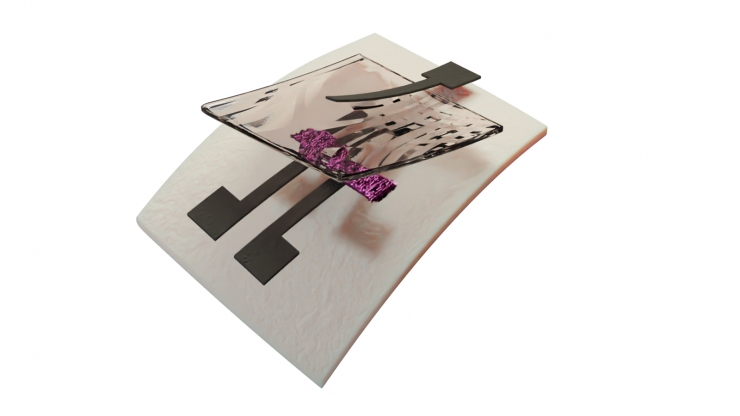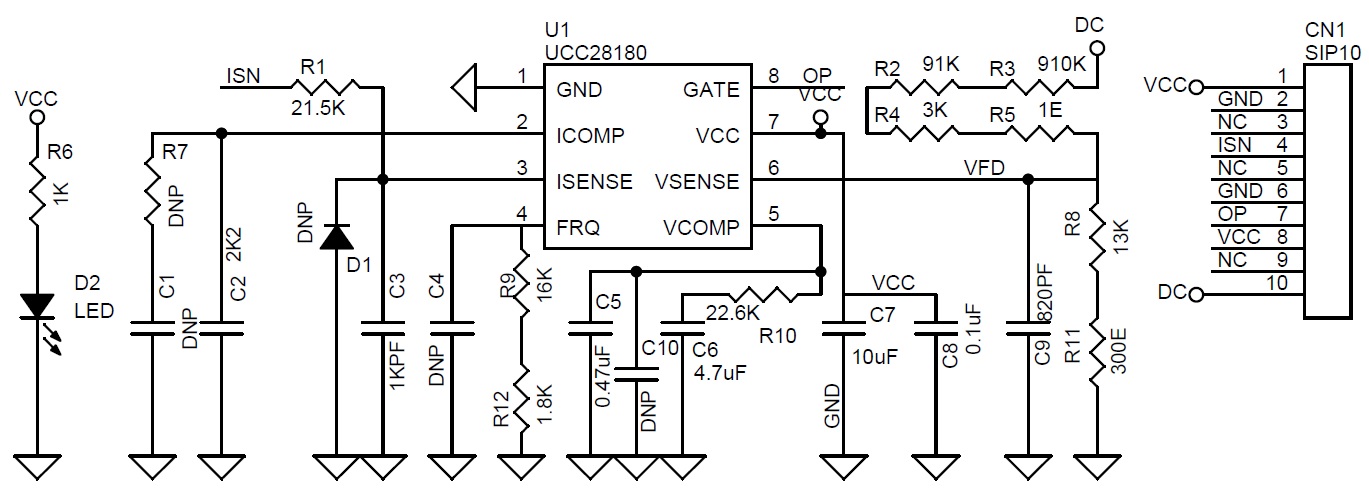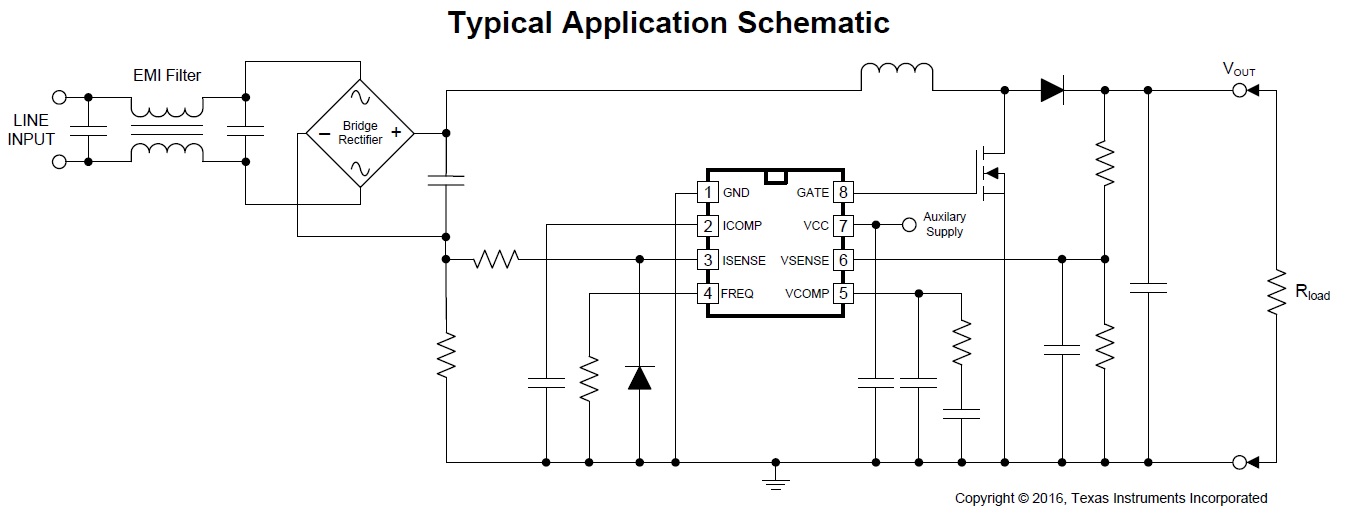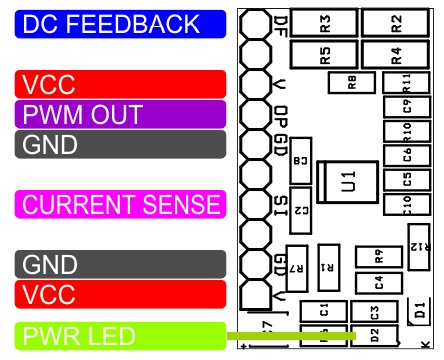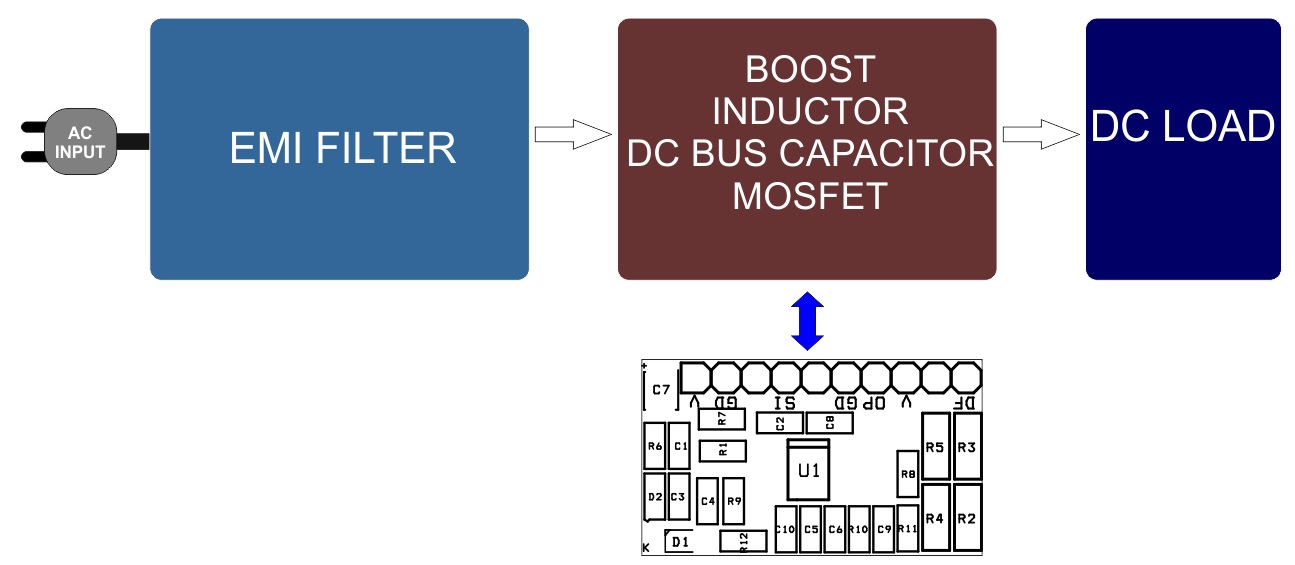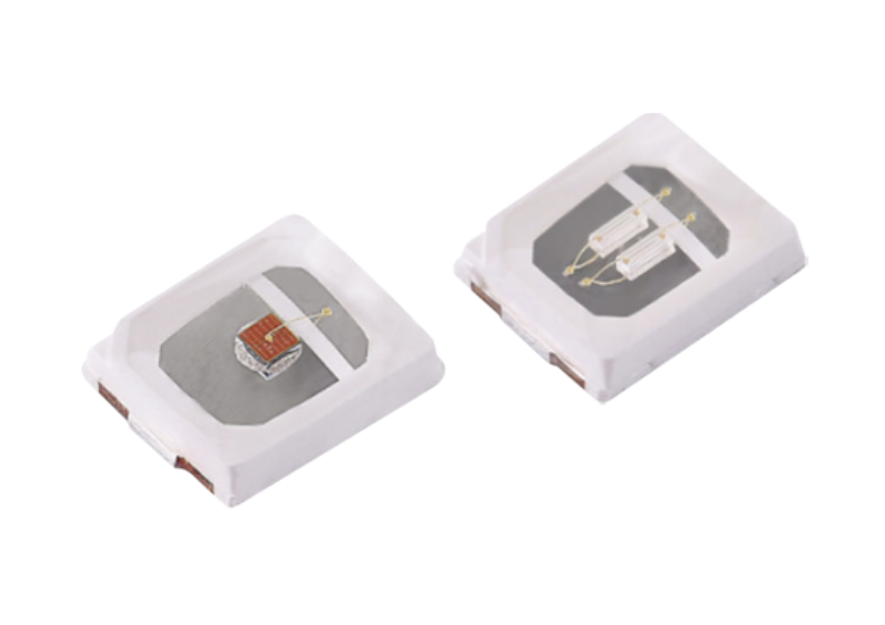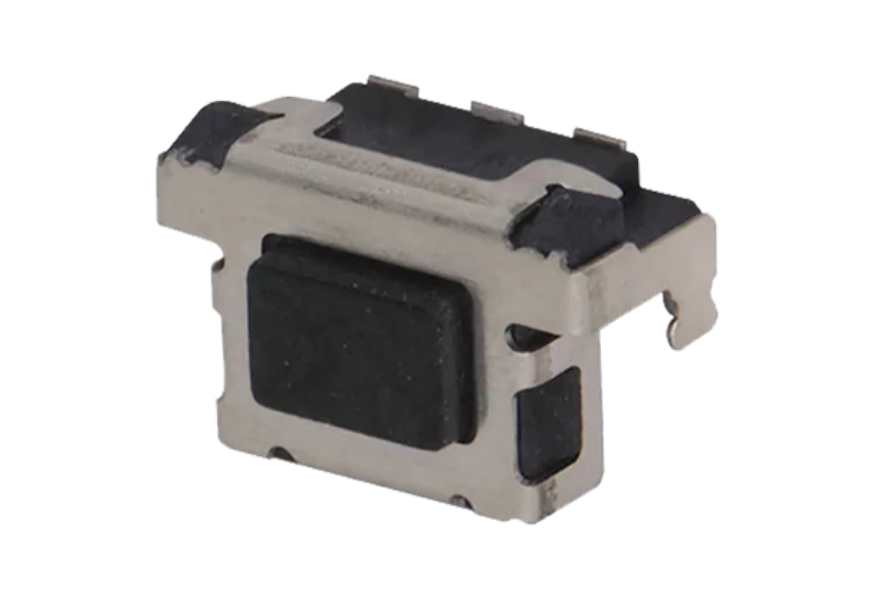AAEON, an industry leader in uCPE and SD-WAN white box solutions, announces their partnership with flexiWAN, the leading pioneer in open source SD-WAN software. With this partnership, AAEON’s desktop uCPE white box solution, the FWS-2365 has received certification from flexiWAN, allowing customer and vendors to leverage a wider selection of network equipment for the implementation of third-party VNF applications.
The FWS-2365 is designed to deliver a flexible and powerful uCPE solution for SD-WAN and Edge networks. Powered by the Intel® Atom™ C3000 series (formerly Denverton) and supporting 4 to 16 core processors, the FWS-2365 is designed to deliver high-bandwidth networking while enabling clients to take advantage of built-in technologies including Intel SR-IOV, Intel® AES-NI, and Intel® QAT to enable fast, encrypted networking for data security. The FWS-2365 also supports zero-touch provisioning for even easier deployment and setup.
“flexiWAN is a leading pioneer in open-source SD-WAN software, providing innovation and flexibility which fits perfectly with our strategy of delivering platform solutions to meet all of our customers’ needs,” said Fredy Hsu, Product Manager with AAEON’s Network System Division. “With this partnership and certification of the FWS-2365, we can demonstrate to service providers and clients our ability to deliver powerful uCPE platforms capable of powering the latest generation in network structures and security.”
flexiWAN offers a comprehensive, centrally managed open-source SD-WAN solution, which allows for third party networking applications to be loaded and run thanks to their application framework including tools such as flexiEdge and flexiManage. Clients and service providers are able to leverage this capability to deploy an SD-WAN solution which meets their specific needs and lowers the cost of ownership by focusing only on the required capabilities. The open and modular design of flexiWAN allows service providers to offer services in line with their networking strategies, while also delivering flexibility to add on third party applications and future proof networks.
“flexiWAN disrupts the SD-WAN & SASE markets. We allow our customers to leverage low-cost and widely available white boxes for deploying state of the art SD WAN services. We are proud to welcome AAEON to the flexiWAN ecosystem”, said Jonathan Amir, Sales Director with flexiWAN
To learn more about flexiWAN’s unique approach to networking, visit www.flexiwan.com, and follow the company on Twitter and LinkedIn


